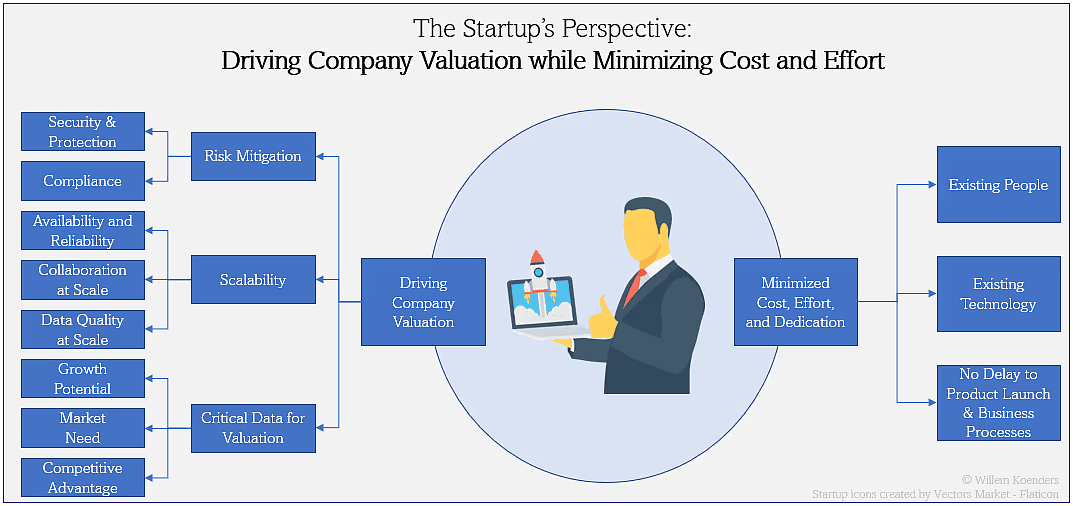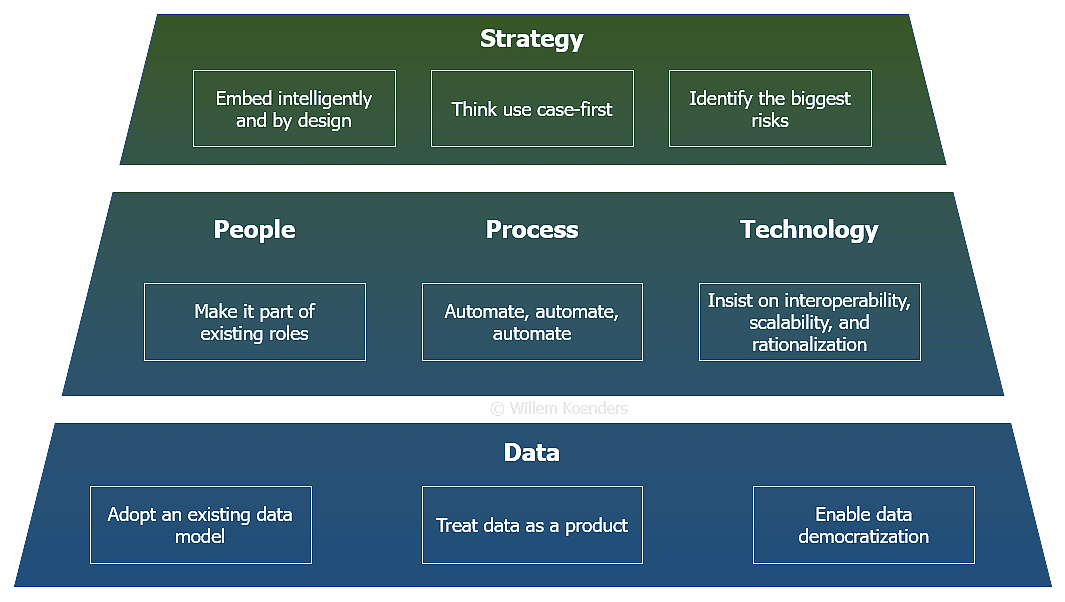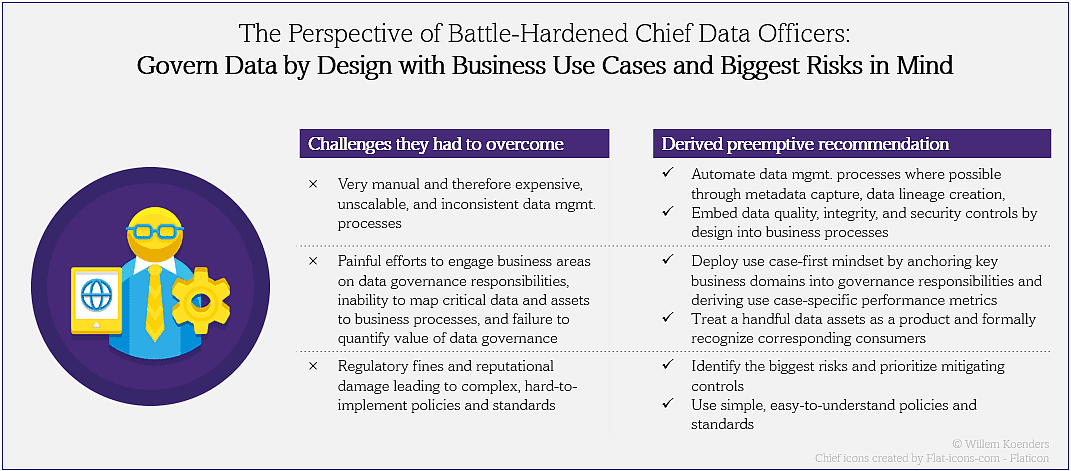Opinion & Analysis
Gridlock or Greenlight? AI Is Challenging Energy Infra but Holds the Potential to Fix It
Written by: CDO Magazine Bureau
Updated 12:17 PM UTC, Fri June 28, 2024

[L-R] Jaime De La Ree, Head of Engineering Analytics and Modeling at Dominion Energy; Matthew Gardner, VP of Electric Transmission, Dominion Energy; and Fred Knops, Senior Vice President of Solutions and Energy Sector Lead at Data Society
Today’s energy sector is straining under the pressure of some of the most consequential and rapidly developing trends of our time. The swift growth of energy-hungry AI and the rapid pursuit of renewable energy sources are challenges in themselves, but the presence of both complicates the search for potential solutions. As a result, power utilities, Independent System Operators (ISOs), and their suppliers are navigating new terrain marked by urgent, in some cases, conflicting priorities.

Through its work of providing data solutions and training in the electric utility sector, Data Society has gained insights into the trials organizations across the energy sector face in keeping pace with evolving demands and accelerating change. For its clients in the energy sector, these challenges are most evident at the intersection of demand growth, primarily through AI proliferation, and supply changes, driven by decarbonization.
Data Society also finds that many solutions that can help bring these forces into harmony will rely on AI.
AI and rising power demand
Following a period of flat usage during COVID, the industry is currently in an era of sharply increasing energy demand. The pressure on energy supply is widespread, for example, the advent of electric vehicles and other new types of use are further complicating the demand picture. However, a key culprit of rising energy consumption among innovations is the growth of data centers to meet the demands of AI.
Global data center consumption is expected to reach three times its 2022 level by 2030, and the International Energy Agency (IEA) projects that it could roughly equal the total energy consumption of Japan by 2026. The tremendous power consumption of data centers will continue to climb with the propagation of the large language models (LLMs) required for generative AI applications.

Furthermore, corporations that are weighing the risks related to outsourcing AI capabilities, such as cybersecurity, data privacy, and availability concerns, may opt to bring AI service development in-house. Data Society is working with companies that are choosing to implement their own LLMs; the additional strain on the resources needed to train and run these separate AI instances would tax the energy supply even more than these predictions.
Geographic concentration
Not only do these emerging technologies tax the energy sector through increased energy consumption, but they also present the challenge of providing power to areas where demand is especially concentrated. Currently home to 35% of the known hyperscale data centers across the globe, Northern Virginia has the largest data center market in the world.
According to a recent presentation by Matthew Gardner, VP of Dominion Energy’s Electric Transmission business, the power demand of the Northern Virginia data center cluster is larger than the next four biggest markets combined.
The effect of decarbonization
These challenges are even more vexing when mounting demands for energy coincide with the drive to achieve national and global decarbonization goals. While Europe has the lead on this transition, in the U.S., incentives such as the extension of tax credits in the Inflation Reduction Act are accelerating the current transition toward renewable energy.
To decarbonize the grid, the energy sector will have to address existing impediments to delivering wind-generated energy from regions with abundant wind supplies to regions with high energy demands, solving mismatches of demand and supply from renewable sources.
In addition, with the rise of small-scale wind and solar energy generation sources, and distributed resources such as rooftop solar panels, there will be a dramatic increase in the number of entry points needed to integrate them into the network. How this will impact the flow of power and interaction between generation facilities is difficult to predict and could lead to more frequent and catastrophic failures.
As AI technologies become ubiquitous, meeting demand with renewable sources will be further complicated by the need to satisfy AI’s unique energy requirements. “Data Centers demand power that is not only more predictable and reliable but also have very demanding thresholds for behaviors like phase drift, overvoltages, and jitter on a technical level,” explains Fred Knops, Senior Vice President of Solutions and Energy Sector Lead at Data Society.
As a consequence, it is proving difficult to meet surging supply with renewable sources, which are intermittent, geographically distributed, and have not always proven their ability to meet quality requirements.

Connecting renewable energy sources to the grid can be disruptive, and “the conflict between rising demand and new, unproven sources, meets squarely in the nation’s transmission networks,” says Knops. “The gap is quite large. For example, on the supply side, solar energy generation is expected to grow by about 30-40% annually over the next 15 years, and on the demand side, estimates for both Electric Vehicle (EV) sales and the growth in AI usage hover around 50-60% per year over the same period. Our transmission capacity is growing at less than 1%.”
Efforts to transition to clean energy by 2035 are also complicated by the nation’s aging network of power grids. This network is strained to meet the connection and transmission requirements for integrating renewable energy and distributing it across long distances, between diverse sources, and to areas of elevated demand.
Achieving this goal by 2035 might require the addition of up to an estimated 10,000 miles of new high-capacity lines each year between 2026 and 2035.
AI-Powered Solutions for AI-Driven Challenges
While AI is a tremendous contributor to the mounting energy challenges, it also drives some of the most promising solutions to these problems. Some companies are moving toward intelligent grid technologies to manage distribution networks and substations that serve data centers for faster and more accurate corrective actions.
AI models can also help with grid stabilization to counter the variability introduced by renewable energy sources, which fluctuate with weather conditions, and by the dynamics in demand that lead to inconsistencies in load.
As an example, Dominion Energy is deploying advanced analytical techniques to help address a variety of interconnected challenges. These projects include improving everyday processes, such as using AI to better model demand in Northern Virginia, to groundbreaking areas such as using synchrophasor data, which is a measure of network health that stands beside and augments more traditional SCADA sources, to help sense and counter disturbances on the network that are created by non-traditional energy sources.
“Better use of our data to solve these problems is clearly on Dominion’s strategic agenda,” states Jaime De La Ree, Head of Engineering Analytics and Modeling at Dominion Energy.
Interestingly, few North American power utilities have appointed executive-level Chief Data Officers, instead opting to allow data-focused solutions to arise throughout the business. The Dominion’s Environmental Analysis and Monitoring (EA&M) team is an example of this ground-up approach.
The EA&M team’s mission is to “seek out opportunities across the Transmission Business where better use of data can transform our thinking, increase the speed and precision of our actions, and help Dominion better serve our clients in these transitional times,” says De La Ree.
“There are real opportunities to use modern data analytics techniques, including AI, across transmission businesses to solve problems with greater speed, accuracy, and insight,” says Knops.
In upcoming articles, CDO Magazine will further explore the impacts of this issue on various industries and discuss evolving solutions.


